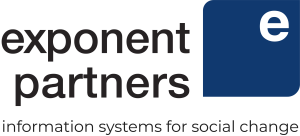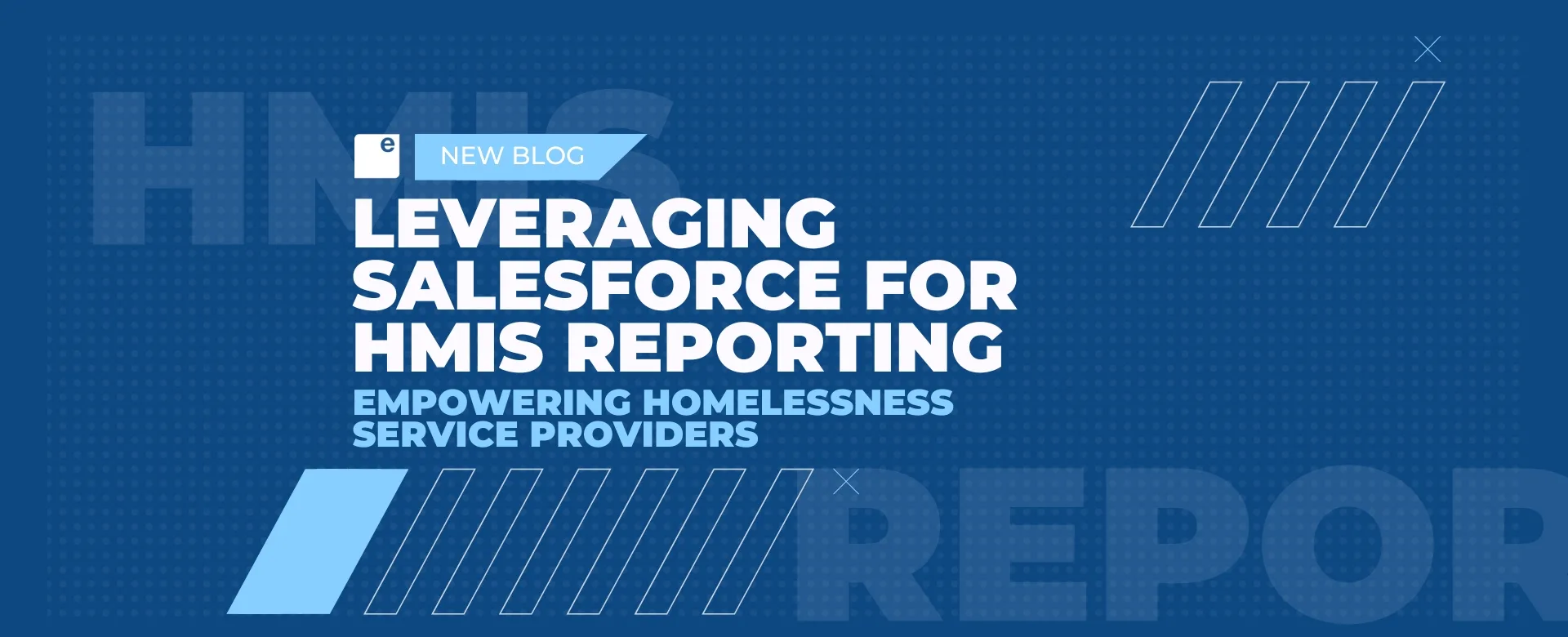Leveraging Salesforce for HMIS Reporting: Empowering Homelessness Service Providers
In the realm of homelessness services, effective data management and reporting are crucial for organizations striving to make a meaningful impact in their communities. Homeless Management Information Systems (HMIS) serves as a cornerstone for tracking participant data, managing services, and reporting outcomes to key stakeholders such as Continuums of Care (CoCs) and the Department of Housing and Urban Development (HUD). In this blog post, we’ll explore how nonprofits serving homeless populations can leverage Salesforce, a powerful and customizable platform, to streamline HMIS reporting processes and drive greater efficiency and impact.
Understanding HMIS and Its Importance
HMIS is a data collection system mandated by HUD to track information on individuals and families experiencing homelessness. It enables organizations to collect comprehensive data on client demographics, service utilization, and outcomes, which is essential for informing decision-making, measuring effectiveness, and securing funding. By standardizing data collection and reporting across the homeless services continuum, HMIS facilitates collaboration, coordination, and accountability among service providers, funders, and policymakers.
Utilizing Salesforce for HMIS Reporting
Salesforce offers a robust suite of tools and capabilities that can be tailored to meet the specific needs of homelessness service providers. Organizations can leverage Salesforce’s flexible data model and customizable features to track participant information, manage services, and generate reports that align with HMIS requirements. From intake and assessment forms to case management workflows and outcome tracking, Salesforce provides a centralized platform for capturing, analyzing, and reporting client data throughout the service delivery process.
Key Features and Benefits
- Custom Data Architecture: Salesforce allows organizations to design custom data models and fields to capture the unique characteristics and needs of their participants. This flexibility enables organizations to tailor their HMIS implementation to align with HUD standards and reporting requirements while also accommodating local programmatic needs.
- Workflow Automation: Salesforce’s workflow automation capabilities enable organizations to streamline processes such as intake, assessment, and service delivery. By automating routine tasks and notifications, organizations can reduce administrative burden, improve data accuracy, and enhance service delivery efficiency.
- Real-Time Reporting: With Salesforce’s reporting and dashboarding tools, organizations can generate real-time insights into participant demographics, service utilization, and outcomes. Customizable reports and dashboards allow organizations to track progress towards goals, identify trends, and make data-driven decisions to optimize service delivery and resource allocation.
Reporting to CoCs and HUD
When it comes to reporting participant data to CoCs and HUD, organizations can leverage Salesforce’s data export capabilities to generate standardized reports in HMIS-compatible formats, such as CSV or XML. By configuring custom report templates and scheduled exports, organizations can ensure timely and accurate submission of data to CoCs and HUD, thereby maintaining compliance with funding requirements and demonstrating accountability to key stakeholders. A bonus is that it can also help organizations keep an eye on the quality of their data.
However, we understand that this process isn’t always straightforward and often requires a significant amount of custom development. That’s why, if you’re ready to streamline your HMIS reporting and maximize your impact, partnering with Exponent Partners, your trusted ally in Salesforce solutions for human services, is the way forward. With our deep expertise and commitment to social impact, we specialize in empowering organizations like yours to leverage Salesforce for HMIS reporting with confidence.
We have a proprietary tool that facilitates easy data collection, compliance reporting, and increased efficiency in daily operations. We’ve also developed an overnight automated HMIS Export Service to simplify your reporting processes and drive positive change in your community. With our HMIS Export Service, we help customers minimize double data entry by allowing their transactional service tracking system to output directly to most CoC-acceptable formats. This not only saves hours/days for each reporting cycle but also ensures timely and accurate submission of data to CoCs and HUD.
Conclusion
By leveraging Salesforce’s customizable features and robust reporting capabilities, organizations can streamline HMIS reporting processes, enhance service delivery efficiency, and drive greater impact in their efforts to address homelessness. As the landscape of homelessness services continues to evolve, Salesforce stands ready to empower organizations with the tools and insights they need to make a meaningful difference in the lives of those they serve.
Reach out to us today to discover how we can tailor our solutions to meet your unique needs and goals. Together, let’s unlock the full potential of Salesforce to create a brighter future for all.

